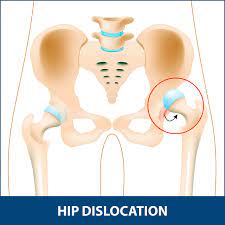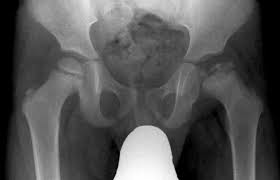chapter 13-sports med
5.0(1)
Card Sorting
1/38
Earn XP
Description and Tags
Study Analytics
Name | Mastery | Learn | Test | Matching | Spaced |
|---|
No study sessions yet.
39 Terms
1
New cards
hip
head of femur joins acetabulum of pelvis
2
New cards
ligaments of hip, pelvis, and thigh
iliofemoral, ischiofemoral, pubofemoral
3
New cards
hamstring muscles
semimembranosus, semitendinosus, bicepfemoris
4
New cards
action of hamstrings
knee flexion and hip extension
5
New cards
gluteal muscles
gluteus maximus, gluteus medius, gluteus minimus
6
New cards
gluteus maximus movement
hip extension, external rotation
7
New cards
gluteus medius & minimus movement
hip abduction, internal rotation
8
New cards
groin muscles
gracilis, adductor magnus, adductor longus, pectineus
9
New cards
goin muscle movement
adducts and internal rotation of thigh
10
New cards
quadriceps muscles
rectus femoris, vastus lateralis, vastus medialis, vastus intermedius
11
New cards
quadriceps movement
knee extension
12
New cards
hip flexor muscles
rectus femoris, sartorius, iliopsoas
13
New cards
which muscle responsible for knee extension and hip flexion
rectus femoris
14
New cards
muscle that abducts hip
tensor fascia latae
15
New cards
IT Band
tight connective tissue, connects hip muscles to lower leg
16
New cards
IT Band syndrome
tight IT band pulls where tendon attaches to bone, pain in lateral knee
17
New cards
avulsion fractures
forceful muscle contraction pulls bone away
18
New cards
growth plate fractures
capital femoral epiphysis, head of femur slips off neck, pain in groin hip knee,
19
New cards
stress fractures
running oriented athletes, caused by repetitive stress, pounding force of lower extremity while running
20
New cards
femur fractures
internal bleeding, swelling, tearing of muscle tendon nerve or arteries
21
New cards
hip dislocations
leg often internally rotated
22
New cards
hip pointer
contusion to iliac crest of pelvis, caused by direct blow to side of hip/pelvis
23
New cards
thigh contusion
common especially in collision sports, can cause tissue tearing and extensive bleeding
24
New cards
develops when contusion is not managed properly, formation of bone tissue w/in muscle
myositis ossificans
25
New cards
disruption of blood flow to head of femur causing tissue to die head of femur collapse and become flat
legg-calve perthes disease
26
New cards
labral tears
clicking locking hip/groin pain
27
New cards
positive test: involved leg raises off the table and lower leg moves into extension
thomas test
28
New cards
implications: tightness in hip flexors
thomas test
29
New cards
positive test: athlete does not attempt to lift leg and examiner does not sense pressure from the uninvolved leg pressing down on hand
hoover's test
30
New cards
implications: athlete not attempting to perform test (faking the injury)
hoover’s test
31
New cards
positive test: pain arising from the SI joints
SI Compression and distraction test
32
New cards
implications: sacroiliac pathology
SI compression and distraction test
33
New cards
positive test: pelvis lowers on the non weight bearing side
trendelenburg's test
34
New cards
implications: weak gluteus medius muscles
trendelenburg’s test
35
New cards
positive test: pain in the SI joint or hip
faber’s test
36
New cards
implication: hip and SI joint pathology
faber’s test
37
New cards

what are they massaging?
IT band
38
New cards

what injury is this?
hip dislocation
39
New cards

what injury is this
legg-calve perthes disease